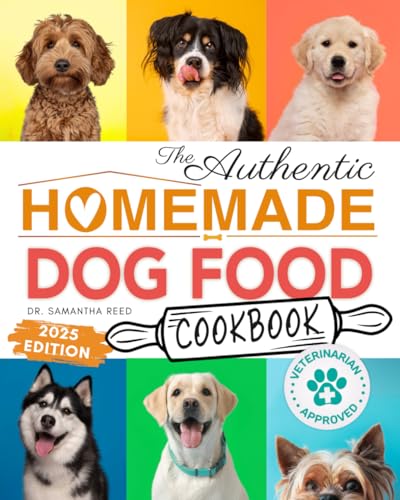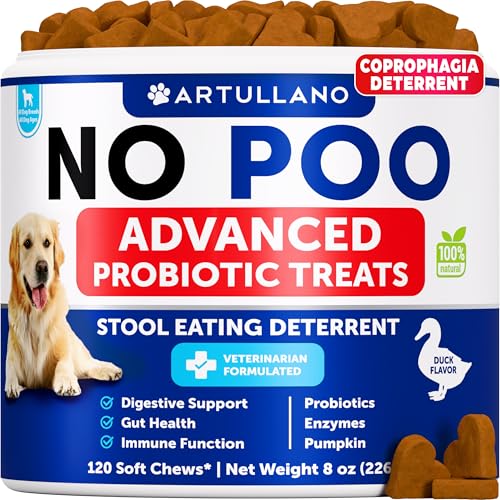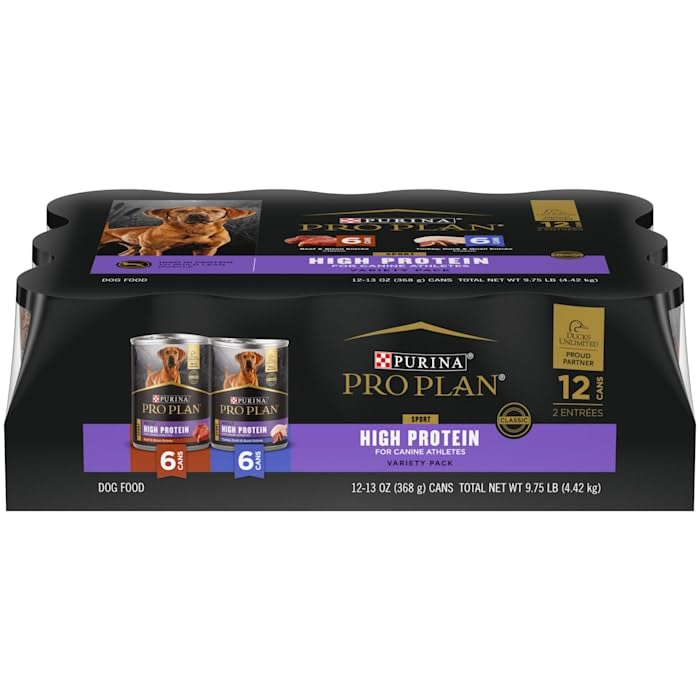Understanding what pet-dogs eat is essential for every responsible pet owner
Understanding what pet-dogs eat is essential for every responsible pet owner. A dog’s diet plays a pivotal role in its overall health, longevity, and quality of life. While many assume dogs can thrive on anything from table scraps to commercial kibble, the truth is far more complex. To ensure your furry friend stays energetic and healthy, knowing exactly what to feed and what to avoid is critical.
This guide combines research-backed recommendations from trusted sources including .gov, .edu, .org websites, as well as expert-reviewed products from Amazon and SpringerAmerica.
What Do Pet-Dogs Eat in Their Natural Behavior?
Domesticated dogs are omnivores. Although they evolved from wolves, modern dogs have adapted to eat a variety of foods, not just meat. According to the National Academies of Sciences, dogs can digest grains, fruits, vegetables, and animal-based proteins.
That said, while dogs can eat many things, not everything they consume is beneficial. Transitioning them to a well-balanced diet based on veterinary guidance is necessary for long-term health.
Commercial Dog Food: The Most Common Answer to “What Do Pet-Dogs Eat?”
Most pet owners feed their dogs commercially available dog food. These products are designed to meet dogs’ nutritional needs and are easy to store and serve. Commercial dog foods are broadly categorized as dry (kibble), wet (canned), semi-moist, and freeze-dried.
1. Dry Food (Kibble)
Dry food is the most popular because it’s cost-effective and helps with dental hygiene. A good kibble contains protein as the first ingredient, followed by healthy grains or vegetables.
- Recommended: Blue Buffalo Life Protection Formula – A top-rated dry food made with real meat and free from artificial fillers.
2. Wet Food (Canned)
Wet food contains more moisture, making it ideal for dogs with hydration issues or dental problems.
- Recommended: Purina Pro Plan Savor Wet Food – High-protein wet food offering taste and nutrition.
According to the FDA, it’s important to verify if the product is AAFCO-certified, which ensures nutritional adequacy.
Homemade Meals: Can They Replace Commercial Diets?
Many pet owners are now asking, what do pet-dogs eat at home if we skip processed foods? Homemade meals can be a great alternative—if properly balanced. However, according to Cornell University College of Veterinary Medicine, poorly formulated homemade diets can lead to nutritional deficiencies.
A balanced homemade meal for a dog should include:
- Protein: Chicken, turkey, lean beef, or eggs
- Carbohydrates: Brown rice, oats, or sweet potatoes
- Vegetables: Carrots, peas, spinach (in moderation)
- Fats: Fish oil or flaxseed oil for omega-3s
Before making the switch, always consult a veterinary nutritionist. For added convenience, companies like The Farmer’s Dog offer custom home-cooked meal plans.
What Do Pet-Dogs Eat When They Have Allergies?
Food allergies are common in dogs. Symptoms include itching, ear infections, vomiting, and diarrhea. Common allergens include beef, dairy, wheat, and chicken.
Recommended Diets:
- Hill’s Prescription Diet z/d – A hydrolyzed protein formula that minimizes allergic reactions.
Available here - Natural Balance Limited Ingredient Diets – Ideal for dogs with sensitivities.
Shop on Amazon
According to the American Kennel Club (AKC), eliminating one ingredient at a time is the best way to identify the source of allergies.
Puppy Diets: What Do Pet-Dogs Eat During Early Growth?
Puppies require more protein and calories than adult dogs to support their rapid growth. Calcium and DHA (a fatty acid) are also crucial for bone and brain development.
- Recommended: Wellness Complete Health Puppy Food – Contains DHA and high-quality protein sources.
The American Veterinary Medical Association (AVMA) recommends feeding puppies three to four times a day until six months of age, then transitioning to adult food gradually.
Senior Dogs: What Do Pet-Dogs Eat in Their Golden Years?
Older dogs have different dietary needs. They require fewer calories but more joint support nutrients like glucosamine and chondroitin.
- Recommended: Iams ProActive Health Senior Dog Food – Supports mobility and maintains lean muscle mass.
According to the University of Illinois College of Veterinary Medicine, aging dogs benefit from diets lower in fat and higher in fiber to aid digestion and prevent obesity.
Can Pet-Dogs Eat Human Food?
Some human foods are safe and even beneficial for dogs. However, many are toxic and should be strictly avoided.
Safe Human Foods for Dogs
- Carrots
- Apples (without seeds)
- Cooked plain chicken
- Pumpkin
- Plain rice
Toxic Foods to Avoid
- Chocolate
- Grapes and raisins
- Onions and garlic
- Avocados
- Xylitol (artificial sweetener)
The ASPCA provides a comprehensive list of foods that are toxic to dogs. Always check before sharing your snack with your pet.
How Much Should Pet-Dogs Eat?
Portion control is just as important as food quality. Overfeeding leads to obesity, which increases the risk of diabetes, arthritis, and heart disease. The CDC encourages maintaining an ideal weight through portioned meals and regular exercise.
Use feeding guidelines provided on the dog food packaging or ask your veterinarian. Weight, activity level, and life stage must all be considered.
What Do Pet-Dogs Eat While Exercising?
Active dogs require more calories and protein. For those using dog bike leashes or treadmills from SpringerAmerica, nutrition should support their activity levels.
Look for food labeled “active” or “performance,” as these contain higher fat and protein content.
- Recommended: Purina Pro Plan Sport 30/20 – Designed specifically for athletic dogs.
Always ensure water is available, especially during and after exercise sessions.
Conclusion: So, What Do Pet-Dogs Eat for a Healthy Life?
In summary, the answer to what do pet-dogs eat depends on their age, activity level, health conditions, and preferences. While commercial dog food offers convenience and balanced nutrition, homemade diets and specific health-based options can also be excellent—with professional guidance.
By sourcing information from reliable platforms like .gov, .edu, and .org, and selecting quality products from Amazon and SpringerAmerica, pet owners can make informed choices for their beloved dogs.
Furthermore, Proper nutrition means more tail wags, longer walks, and a healthier, happier life for your dog.









